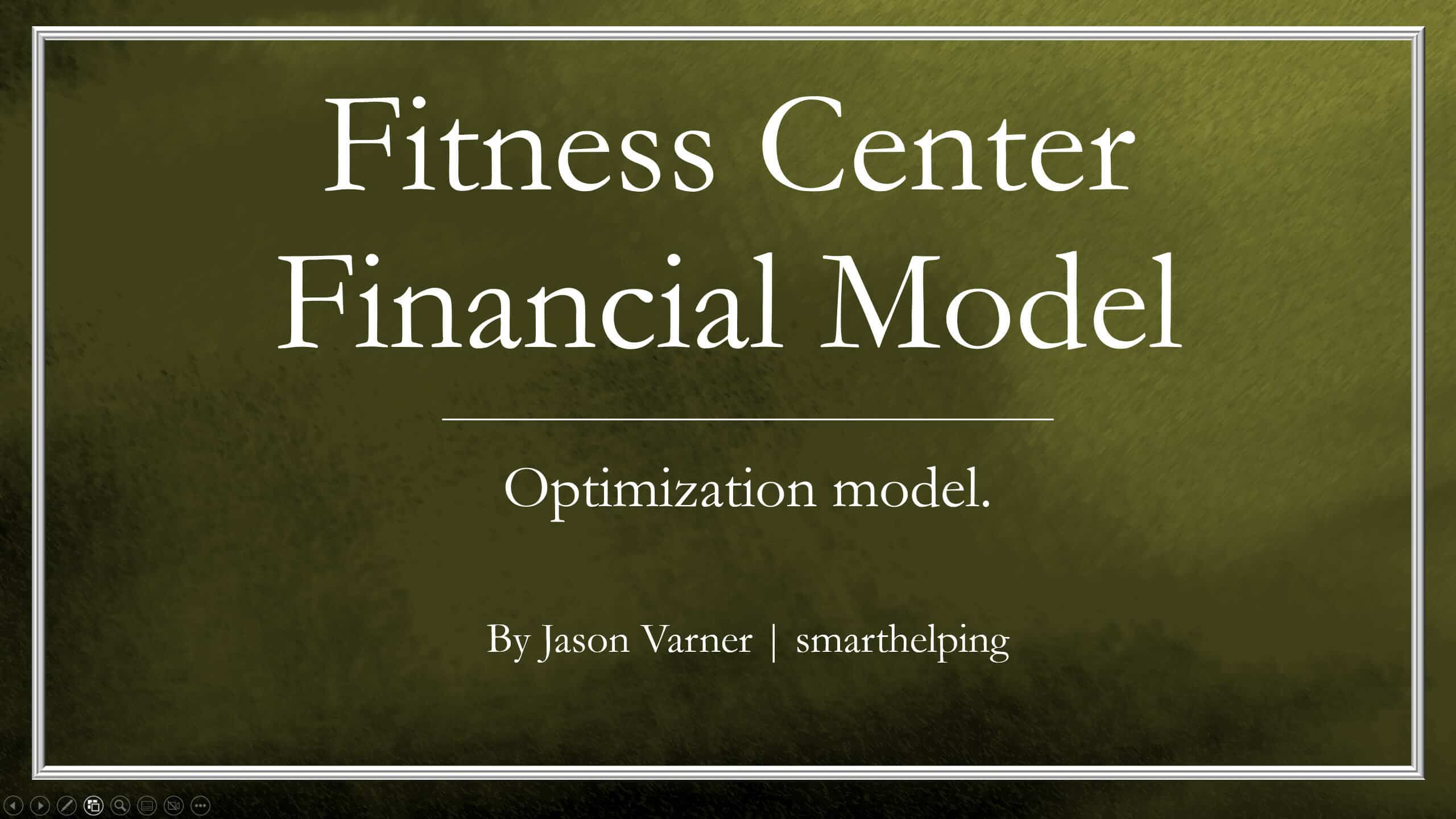Bike Shop / Distributor Financial Model
A bottom-up financial model to create a 5-year forecast, find minimum equity required, and pricing feasibility.

Video Tutorial:
A bottom-up financial model like this focuses on unit economics. What this means is that the user can define various metrics about unit sales, growth of those sales, cost of those sales, and any other revenues or expenses directly related to the selling of units.
In this case, we are talking about selling bikes. The main assumptions that go into this are configurations for up to four product categories that each have five slots. Each slot is configured based on the start month, starting monthly sales, monthly percentage growth in sales over five years, and markup from cost of goods sold.
Purchasing and inventory management logic is included based on defined months in advance that inventory will be purchased for. It could be that you buy inventory 2 months in advance or 3 months or 6 months or what have you. The cash flow logic takes this into account by adding back all the COGS directly related to inventory and reduced by the purchase amount in the month of purchase.
Also, freight and shipping is a dynamic item that populates in the month of purchase and is based on up to six levels per the bike volume purchased in a given month.
All the assumptions lead into final reports such as the monthly and annual pro forma detail that drives down to EBITDA and cash flow as well as an annual Executive Summary, DCF Analysis (for owner / investor / project), and IRR of each.
The point of the model is to plug in assumptions that you think are attainable and see if your pricing and margins are feasible over time. This will allow the user to account for all operating expenses as well and on a granular level i.e. what it takes to run the place / keep the lights on (managers, sales, rent, utilities, etc…).
Finally, a terminal value will populate in the exit month if chosen and it is based on the trailing 12-month EBITDA per the exit month against a defined multiple. Any remaining debt that exists on that month automatically gets paid back.
Similar Products
Other customers were also interested in...
Industry Based Financial Models (Variety Bundle)
There are currently 52 unique financial models included in this bundle. Nearly all of that include a... Read more
Bike Shop Financial Model Excel Template
Check Our Bike Shop Financial Plan. Includes inputs, outputs and charts to present it in an investor... Read more
Fitness Center 10 Year Financial Model
Key logic designed to forecast cash flow up to 10 years for a fitness center that has recurring mont... Read more
Subscription Box Financial Model – Up to 72 ...
Test many variables in this financial model for a subscription box company. Includes up to six prici... Read more
Laundromat Financial Model – 10 Year
This template allows the user to produce financial statements based on assumptions specific to the l... Read more
Golf Course Financial Model – Startup
A 5-year financial model tailored to starting a golf course and projecting financial performance for... Read more
Jewelry Shop / Store 5 Year Startup Business Model
A bottom-up financial model that is designed specifically for a jewelry store, but could easily be u... Read more
Cycling Studio (or seat-based studio) Fully Integr...
Fully integrated 3-statement model, cap table, and advanced operating / capacity / class growth assu... Read more
Golf Course – Membership Only Model
Create a financial forecast for a members-only golf course. There are industry-specific caveats here... Read more
Hair Salon Financial Plan | Beauty Salon Business ...
Plan out the financial plan your hair or beauty salon. The beauty & hair salon business plan goe... Read more
You must log in to submit a review.





















